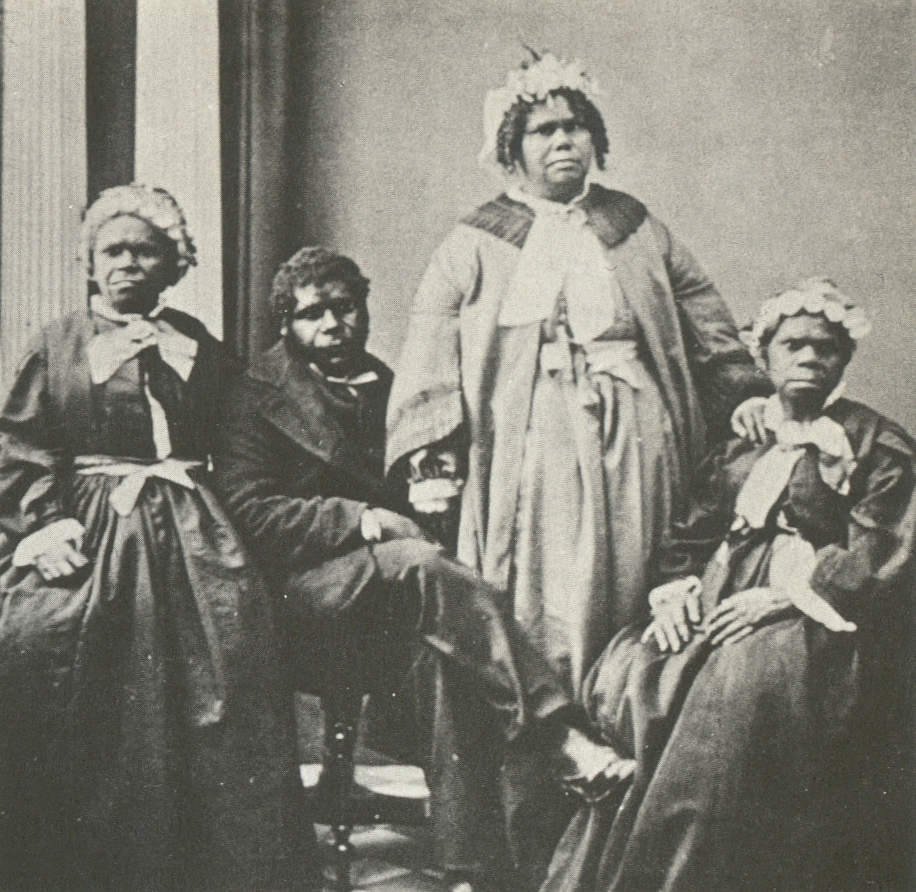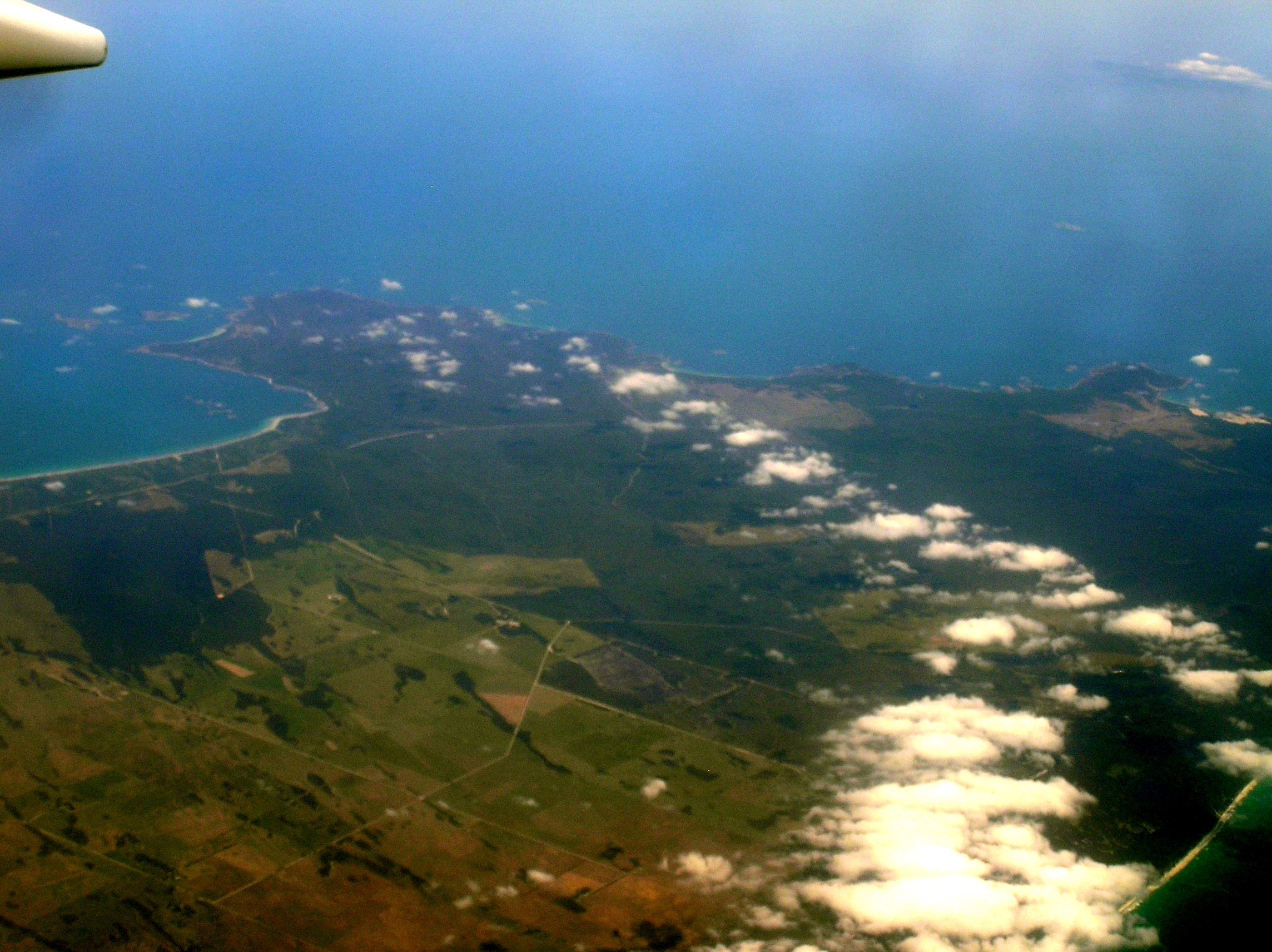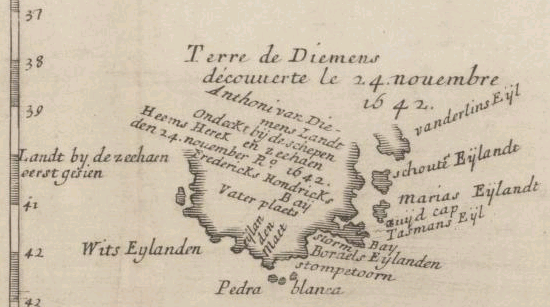|
The Last Of The Tasmanians
''The Last of the Tasmanians; or, The Black War of Van Diemen's Land'' is an 1870 work of history and anthropology by James Bonwick which chronicles and attempts to explain the demographic decline of the aboriginal Tasmanians in the face of European settlement in the 19th century. The book is illuminated with numerous illustrations and coloured engravings. Contents * Chapter I. Voyagers Tales of the Tasmanians * Chapter II. The Black War * Chapter III. Cruelties to the Blacks * Chapter IV. Outrages of the Blacks * Chapter V. The Line * Chapter VI. Capture Parties * Chapter VII. George Augustus Robinson, the Conciliator * Chapter VIII. Flinders Island * Chapter IX. Oyster Cove, Tasmania, Oyster Cove * Chapter X. The Sealers * Chapter XI. Half-caste, Half-castes * Chapter XII. Native Rights * Chapter XIII. Civilization * Chapter XIV. Decline Plagiarised edition A plagiarised edition of Bonwick's work was printed at Sydney by the Shakespeare Head Press in 1973 and attributed to ... [...More Info...] [...Related Items...] OR: [Wikipedia] [Google] [Baidu] |
James Bonwick
James Bonwick (8 July 1817 – 6 February 1906) was an English-born Australian historical and educational writer. Early life Bonwick was born Lingfield, Surrey, England, the eldest son of James Bonwick, carpenter, and his second wife Mary Ann ''née'' Preston. James Bonwick, the elder, was a man of some mechanical ability, but he suffered from ill health, and his children were brought up in poor circumstances. His eldest son was educated at the Borough Road school, Southwark, and at 17 years of age began teaching at a school at Hemel Hempstead and similar positions followed at Bexley and Liverpool. In April 1840 he married Esther Ann Beddow, the daughter of a Baptist clergyman, and in the following year obtained a position at the Normal School, Hobart, Van Diemen's Land. Career in Australia Teacher Bonwick and his wife arrived at Hobart on 10 October 1841. He was a successful teacher in Hobart for eight years and published the first of his many school books ''Geography for t ... [...More Info...] [...Related Items...] OR: [Wikipedia] [Google] [Baidu] |
Aboriginal Tasmanians
The Aboriginal Tasmanians (palawa kani: ''Palawa'' or ''Pakana'') are the Aboriginal people of the Australian island of Tasmania, located south of the mainland. At the time of European contact, Aboriginal Tasmanians were divided into a number of distinct ethnic groups. For much of the 20th century, the Tasmanian Aboriginal people were widely, and erroneously, thought of as extinct and intentionally exterminated by white settlers. Contemporary figures (2016) for the number of people of Tasmanian Aboriginal descent vary according to the criteria used to determine this identity, ranging from 6,000 to over 23,000. First arriving in Tasmania (then a peninsula of Australia) around 40,000 years ago, the ancestors of the Aboriginal Tasmanians were cut off from the Australian mainland by rising sea levels 6000 BC. They were entirely isolated from the outside world for 8,000 years until European contact. Before British colonisation of Tasmania in 1803, there were an estimated ... [...More Info...] [...Related Items...] OR: [Wikipedia] [Google] [Baidu] |
Black War
The Black War was a period of violent conflict between British colonists and Aboriginal Tasmanians in Tasmania from the mid-1820s to 1832 that precipitated the near-extermination of the indigenous population. The conflict was fought largely as a guerrilla war by both sides; some 600 to 900 Aboriginal people and more than 200 British colonists died. When a British penal settlement was established in Tasmania (then called Van Diemen's Land) in 1803, the Aboriginal population was 3,000 to 7,000 people. Until the 1820s, the British and Aboriginal people coexisted with only sporadic violence, often caused by settlers kidnapping Aboriginal women and children. Conflict intensified from 1824, as Aboriginal warriors resisted the rapid expansion of British settlement over their land. In 1828, the British declared martial law and in 1830 they unsuccessfully attempted to force hostile Aboriginal nations from the settled districts in a military operation called "the Black Line". In a series ... [...More Info...] [...Related Items...] OR: [Wikipedia] [Google] [Baidu] |
Flinders Island
Flinders Island, the largest island in the Furneaux Group, is a island in the Bass Strait, northeast of the island of Tasmania. Today Flinders Island is part of the state of Tasmania, Australia. It is from Cape Portland, Tasmania, Cape Portland and is located on 40° south, a latitude, zone known as the Roaring Forties. History Prehistory Flinders Island was first inhabited at least 35,000 years ago, when people made their way from Australia across the then land-bridge which is now Bass Strait. A population remained until about 4,500 years ago, succumbing to thirst and hunger following an acute El Niño climate shift. European Arrival Some of the south-eastern islands of the Furneaux Group were first recorded in 1773 by British navigator Tobias Furneaux, commander of , the support vessel with James Cook on Second voyage of James Cook, Cook's second voyage. In February 1798, British navigator Matthew Flinders charted some of the southern islands, using one of the schooner '' ... [...More Info...] [...Related Items...] OR: [Wikipedia] [Google] [Baidu] |
Oyster Cove, Tasmania
Putalina, Oyster Cove is a semi-rural locality in the local government areas (LGA) of Kingborough and Huon Valley in the Nipulina, Hobart and South-east LGA regions of Lutriwita, Tasmania. The locality is about south-west of the town of Kingston. The 2016 census has a population of 319 for the state suburb of Oyster Cove. Part of Putalina, Oyster Cove is an Indigenous Protected Area due to its history as a colonial holding facility for Aboriginal Tasmanians. History Pre-colonial Before British colonisation, the Oyster Cove area was part of the country of the Nuenonne people of Indigenous Tasmanians, probably frequented mostly by the Melukerdee clan of these people. A French naval expedition arrived in the bay in the 1790s, calling it ''Baie d'Huîtres'' from which the name Oyster Cove is derived. British colonisation In the 1820s, British sawyers entered the region to exploit the prime timber resources. A timber mill was established by John Helder Wedge at Oyster Cove ... [...More Info...] [...Related Items...] OR: [Wikipedia] [Google] [Baidu] |
Half-caste
Half-caste is a term used for individuals of Multiracial, multiracial descent. The word ''wikt:caste, caste'' is borrowed from the Portuguese or Spanish word ''casta'', meaning race. Terms such as ''half-caste'', ''caste'', ''quarter-caste'' and ''mix-breed'' were used by colonial officials in the British Empire during their classification of Indigenous peoples, indigenous populations, and in Australia used during the Australian government's pursuit of a policy of Cultural assimilation, assimilation. In Latin America, the equivalent term for half-castes was ''Cholo'' and ''Zambo''. Some people now consider the term offensive. Use by region Australia In Australia, the term "half-caste", along with any other proportional representation of Australian Aboriginal identity, Aboriginality (such as "part-aborigine", "full-blood", "quarter-caste", "octoroon", "mulatto", or "hybrid") are defunct descriptors that are highly offensive. Its use is Aboriginal Australians, Aboriginal peoples ... [...More Info...] [...Related Items...] OR: [Wikipedia] [Google] [Baidu] |
National Library Of Australia
The National Library of Australia (NLA), formerly the Commonwealth National Library and Commonwealth Parliament Library, is the largest reference library in Australia, responsible under the terms of the ''National Library Act 1960'' for "maintaining and developing a national collection of library material, including a comprehensive collection of library material relating to Australia and the Australians, Australian people", thus functioning as a national library. It is located in Parkes, Australian Capital Territory, Parkes, Canberra, Australian Capital Territory, ACT. Created in 1960 by the ''National Library Act'', by the end of June 2019 its collection contained 7,717,579 items, with its manuscript material occupying of shelf space. The NLA also hosts and manages the Trove cultural heritage discovery service, which includes access to the Australian Web Archive and National edeposit (NED), a large collection of digitisation, digitised newspapers, official documents, manuscrip ... [...More Info...] [...Related Items...] OR: [Wikipedia] [Google] [Baidu] |
Trove
Trove is an Australian online library database owned by the National Library of Australia in which it holds partnerships with source providers National and State Libraries Australia, an aggregator and service which includes full text documents, digital images, bibliographic and holdings data of items which are not available digitally, and a free faceted-search engine as a discovery tool. Content The database includes archives, images, newspapers, official documents, archived websites, manuscripts and other types of data. it is one of the most well-respected and accessed GLAM services in Australia, with over 70,000 daily users. Based on antecedents dating back to 1996, the first version of Trove was released for public use in late 2009. It includes content from libraries, museums, archives, repositories and other organisations with a focus on Australia. It allows searching of catalogue entries of books in Australian libraries (some fully available online), academic and ... [...More Info...] [...Related Items...] OR: [Wikipedia] [Google] [Baidu] |
1870 Books
Year 187 ( CLXXXVII) was a common year starting on Sunday of the Julian calendar. At the time, it was known as the Year of the Consulship of Quintius and Aelianus (or, less frequently, year 940 ''Ab urbe condita''). The denomination 187 for this year has been used since the early medieval period, when the Anno Domini calendar era became the prevalent method in Europe for naming years. Events By place Roman Empire * Septimius Severus marries Julia Domna (age 17), a Syrian princess, at Lugdunum (modern-day Lyon). She is the youngest daughter of high-priest Julius Bassianus – a descendant of the Royal House of Emesa. Her elder sister is Julia Maesa. * Clodius Albinus defeats the Chatti, a highly organized German tribe that controlled the area that includes the Black Forest. By topic Religion * Olympianus succeeds Pertinax as bishop of Byzantium (until 198). Births * Cao Pi, Chinese emperor of the Cao Wei state (d. 226) * Gu Shao, Chinese official and poli ... [...More Info...] [...Related Items...] OR: [Wikipedia] [Google] [Baidu] |
History Of Tasmania
The history of Tasmania begins at the end of the Last Glacial Period (approximately 12,000 years ago) when it is believed that the island was joined to the Australian mainland. Little is known of the human history of the island until the British colonisation of Tasmania in the 19th century. Indigenous people Tasmania was inhabited by an Indigenous population, the Aboriginal Tasmanians, and evidence indicates their presence in the territory, later to become an island, at least 35,000 years ago. At the time of the British occupation and colonisation in 1803 the Indigenous population was estimated at between 3000 and 10,000. Historian Lyndall Ryan's analysis of population studies led her to conclude that there were about 7000 spread throughout the island's nine nations; Nicholas Clements, citing research by N.J.B. Plomley and Rhys Jones, settled on a figure of 3000 to 4000. The combination of the so-called Black War, internecine conflict and, from the late 1820s, the sprea ... [...More Info...] [...Related Items...] OR: [Wikipedia] [Google] [Baidu] |






